Landscape Abstract Art

Table of Contents
Delving into the Abstract Landscape: A Journey Beyond Representation
Landscape art has captivated artists for centuries, offering a canvas to depict the beauty and power of the natural world. But what happens when we move beyond literal representation? This is where the fascinating world of abstract landscape art emerges. This style uses elements of nature as inspiration, but it frees itself from the constraints of precise depiction, prioritizing emotion, form, and color over photographic accuracy. This article will explore the key characteristics, influential artists, and enduring appeal of abstract landscape art.
Understanding Abstract Landscape Art: More Than Meets the Eye
Unlike traditional landscape paintings that aim for realistic portrayal, abstract landscape art distills the essence of a scene into its fundamental components. Think less about a meticulously rendered mountain range and more about the feeling of vastness, the interplay of light and shadow, or the emotional impact of a stormy sky. This approach allows for immense creativity and personal expression. Key characteristics often include:
-
Emphasis on Color and Texture: Color becomes a powerful tool to evoke mood and atmosphere. Think vibrant hues representing a sun-drenched meadow or muted tones suggesting a melancholic twilight. Texture, achieved through various painting techniques, adds another layer of depth and sensory experience.
-
Geometric and Organic Forms: Abstract landscapes often incorporate both geometric shapes (squares, circles, triangles) and organic forms (flowing lines, irregular shapes) to represent natural elements in a simplified way. These forms can interact and overlap, creating dynamic compositions.
-
Emotional Expression: The primary goal is often to convey a specific emotion or feeling associated with nature, rather than a precise visual representation. This allows for a more subjective and personal interpretation by both the artist and the viewer.
-
Gestural Brushstrokes: The artist's hand and the movement of the brush are often visible, adding a sense of immediacy and energy to the artwork. This contrasts sharply with the meticulous detail found in realist landscape paintings.
Pioneers and Influential Artists of Abstract Landscape Art
Several artists have significantly impacted the development of this genre. Their innovative approaches laid the groundwork for countless contemporary artists to explore the abstract landscape:
-
Wassily Kandinsky: Considered a pioneer of abstract art, Kandinsky's work often incorporated elements inspired by nature, even while moving away from realistic depictions. His use of color and form to express emotion remains highly influential.
-
Piet Mondrian: Known for his grid-based compositions, Mondrian's later work, while primarily abstract, drew inspiration from the balanced forms found in nature. His paintings often convey a sense of order and harmony.
-
Georgia O'Keeffe: While not strictly an abstract artist, O'Keeffe's magnified depictions of flowers and landscapes often push the boundaries of representation, exploring form and color in a way that transcends literal depiction.
-
Mark Rothko: Rothko's color field paintings, while not overtly landscape-based, evoke a sense of vastness and atmosphere, often reminiscent of expansive natural scenes. The impact of his large-scale canvases is profoundly emotional.
-
Contemporary Artists: Today, numerous artists continue to explore the abstract landscape. Many use mixed media, incorporating materials like collage or found objects to add texture and complexity to their work.
The Enduring Appeal of Abstract Landscape Art
The enduring appeal of abstract landscape art lies in its ability to connect with viewers on an emotional level. Unlike representational art, which requires a degree of recognition, abstract landscapes invite personal interpretation. The viewer is free to bring their own experiences and feelings to the artwork, making the experience uniquely individual.
This freedom allows for a wider range of responses and makes abstract landscapes accessible to a broader audience. They challenge conventional notions of landscape art, sparking conversation and encouraging a deeper engagement with the creative process.
SEO Optimization Strategies for this Article:
On-Page SEO:
-
Keyword Targeting: The article targets keywords like "abstract landscape art," "abstract landscape painting," "abstract nature art," "modern abstract landscape," "famous abstract landscape artists," etc. These are incorporated naturally throughout the text.
-
Header Optimization: The use of H2 and H3 headers breaks up the text, making it more readable and improving SEO. Each header includes relevant keywords.
-
Image Optimization: (Images would be included here, with alt text describing the image and using relevant keywords.)
Off-Page SEO:
-
Guest Blogging: Contribute articles related to abstract art or landscape painting to relevant websites to build backlinks.
-
Social Media Promotion: Share the article on platforms like Pinterest, Instagram, and Facebook, using relevant hashtags.
-
Link Building: Reach out to art blogs and websites to request links to this article.
By implementing these on-page and off-page SEO strategies, this article is optimized to rank well in Google search results for relevant keywords and help users find information on this captivating artistic genre.

Thank you for visiting our website wich cover about Landscape Abstract Art. We hope the information provided has been useful to you. Feel free to contact us if you have any questions or need further assistance. See you next time and dont miss to bookmark.
Featured Posts
-
Dining Room Set With Server
Jan 05, 2025
-
Aston Villa Vs Leicester No Tv Coverage Explained
Jan 05, 2025
-
New Orleans Attack Williams Grief
Jan 05, 2025
-
Fury Hague Reunion Rumors Surface Again
Jan 05, 2025
-
Contemporary Furniture Albuquerque Nm
Jan 05, 2025